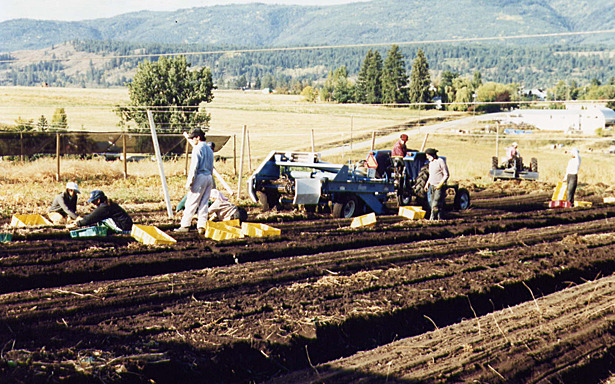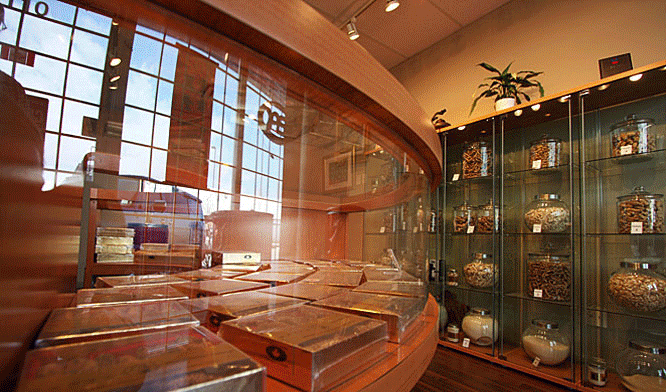GINSENG CULTIVATION AND LIFE CYCLE
American Ginseng is a plant native to Eastern Canada and the North Eastern United States where it grows in deciduous forests. Long before the Europeans arrived the Native Indians used it as an herbal medicine. Wild ginseng is still considered to be far superior to the cultivated ginseng.
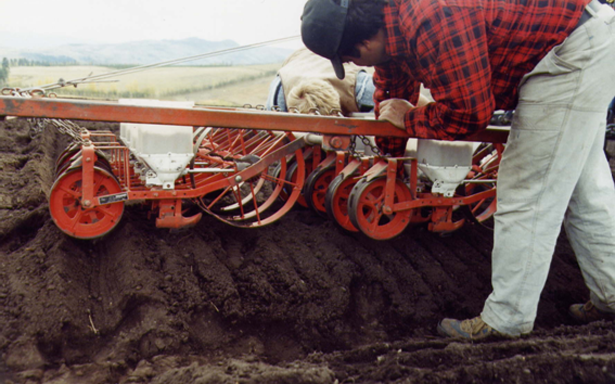
In the fall seeds are planted about .5 inches deep into prepared beds, typically formed 6 feet on centre. A mulch of straw is spread over the beds and posts and cable are erected to support a woven polypropylene shade cloth. The most common brand gives approximately 78% shade. Traditionally the shade structure was made of panels of wooden slats, but due to reasons of cost and greater labour, are rarely used today.
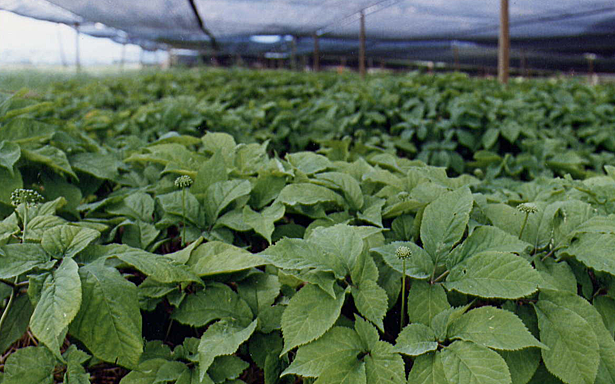
In the spring the seeds will germinate, and poke up through the mulch. In the first year the plants remain small and produce fewer leaves. The plants will only grow to a height of a few inches. In the second year the plant remains small and still only produces 3 leaves per arm. The second year, flowers (click to see more), and, berries containing seeds are produced as well.
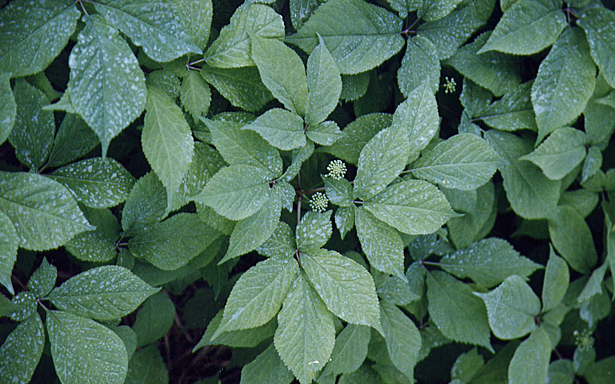
The 3rd year sees a dramatic increase in the size of the plant with a set of 5 leaves on each arm. Flowers are typically produced in June, with short stalks, holding a cluster of tiny white flowers. The plant will grow to a approximate height of 18-24 inches and produce a large cluster of bright red shiny berries. The berries look like red shiny lima beans and will contain 1-3 small (6-7,000 seeds per pound) tan colored seeds reminiscent of lentil seeds. Some farmers prefer to plant seeds from 3 year gardens. In the fall, typically September to November most gardens are harvested as 3 year olds.
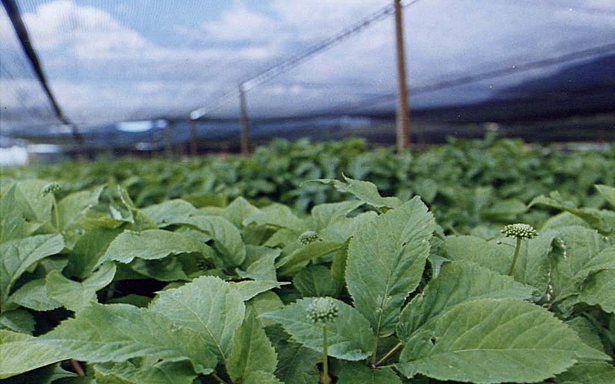
If grown for a 4th season the plant will get larger still, typically 24-30 inches, and produce a larger ball of seeds. In the late summer a healthy garden shows as a solid canopy of bright green leaves with clusters of brilliant red berries poking up above the leaves. It’s very beautiful and immensely satisfying to see.
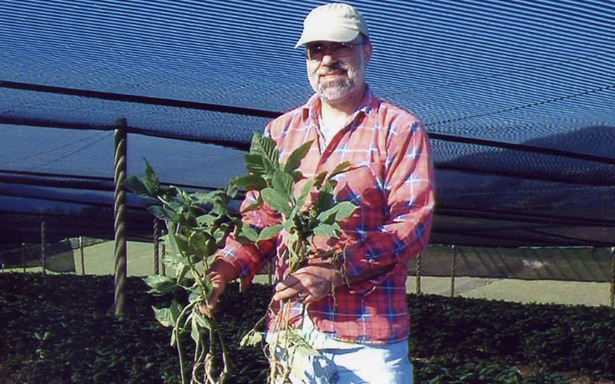
Berries are usually harvested in late August to mid September, a very labour intensive process. The seeds are removed from the berries, treated, and then mixed with sand and buried in boxes several feet deep in the ground. The seed is then left for a year so that the seed embryo may mature and then planted in the following fall. Harvesting ginseng, first starts with removing the shade structure. The beds are scrapped clean of the mulch and then a specially modified digger is used. A layer of soil approximately 10-12 inches deep is passes over the digger chains.
